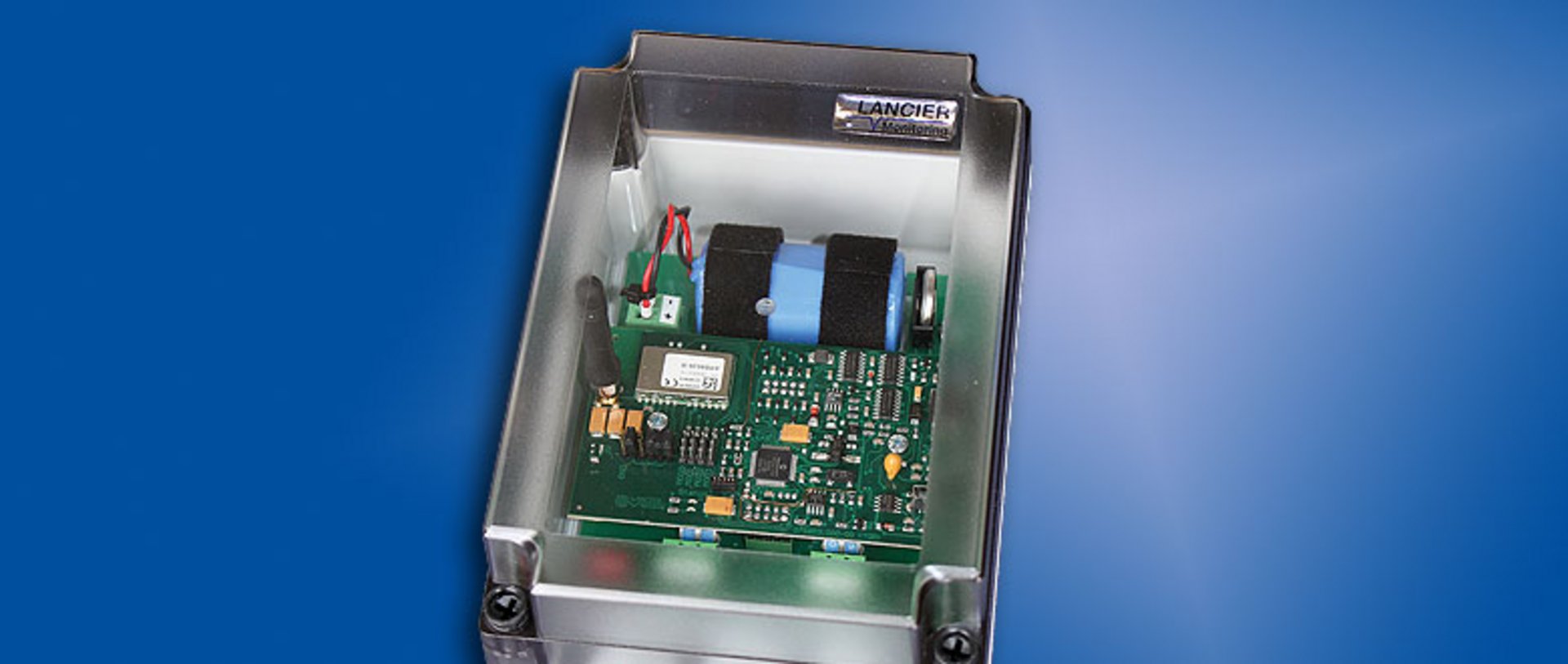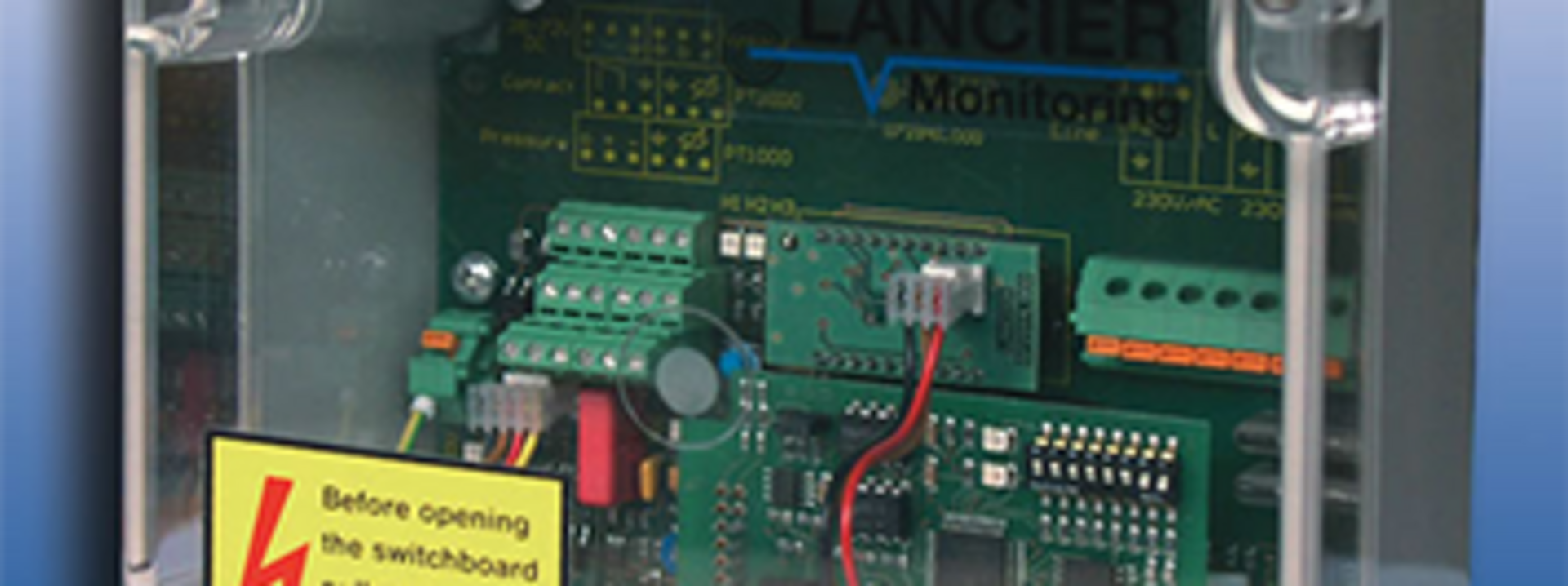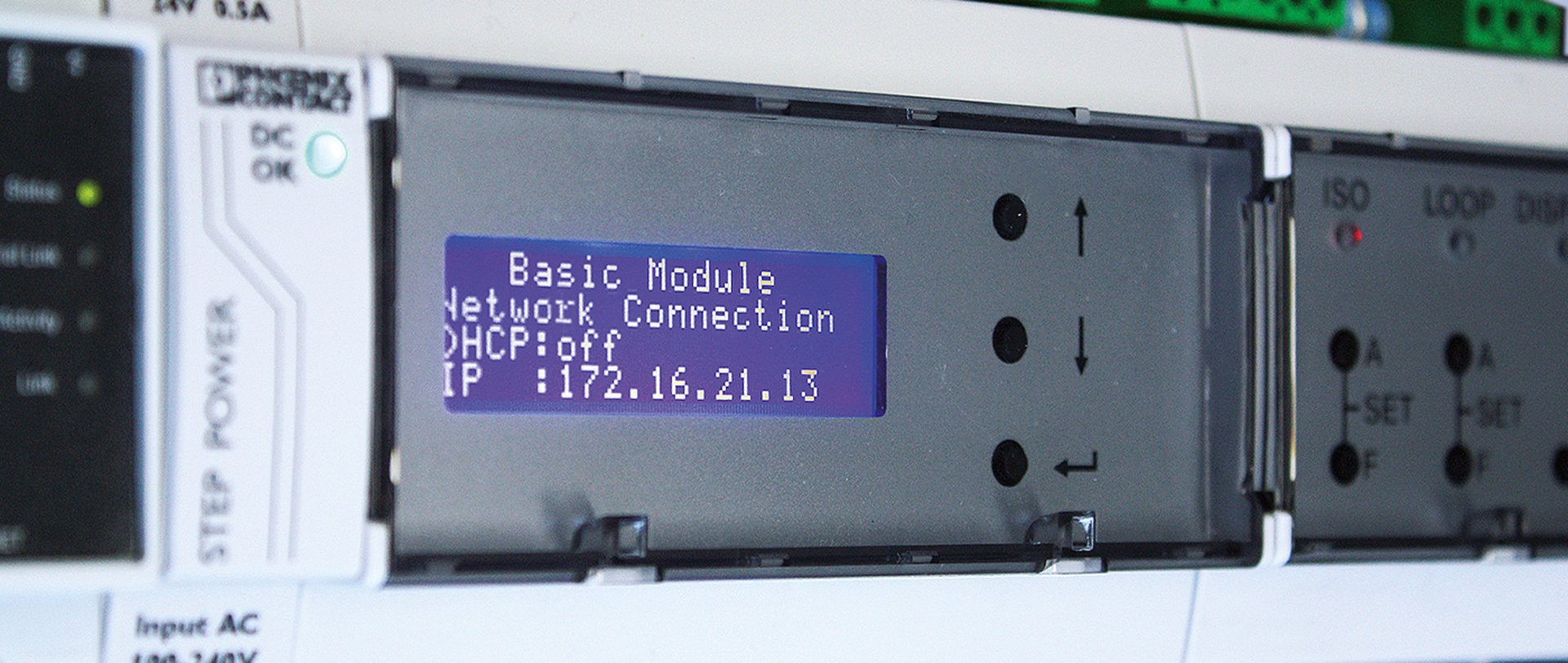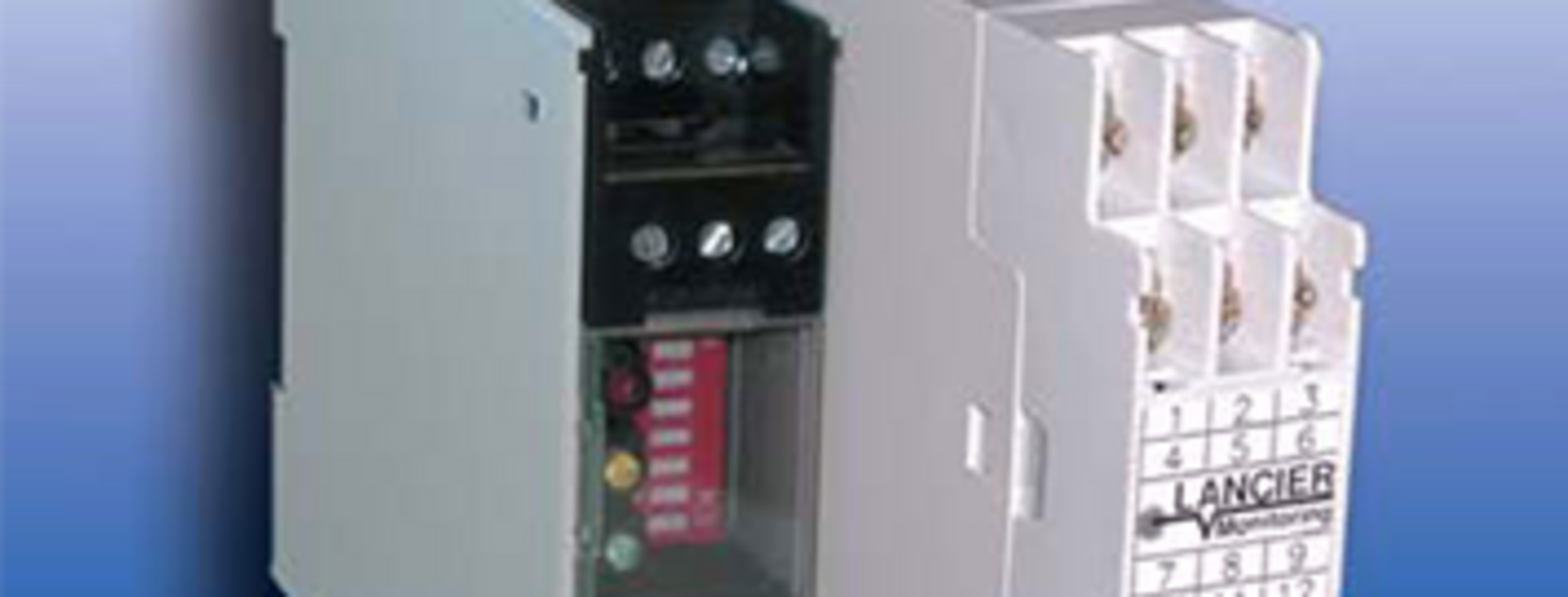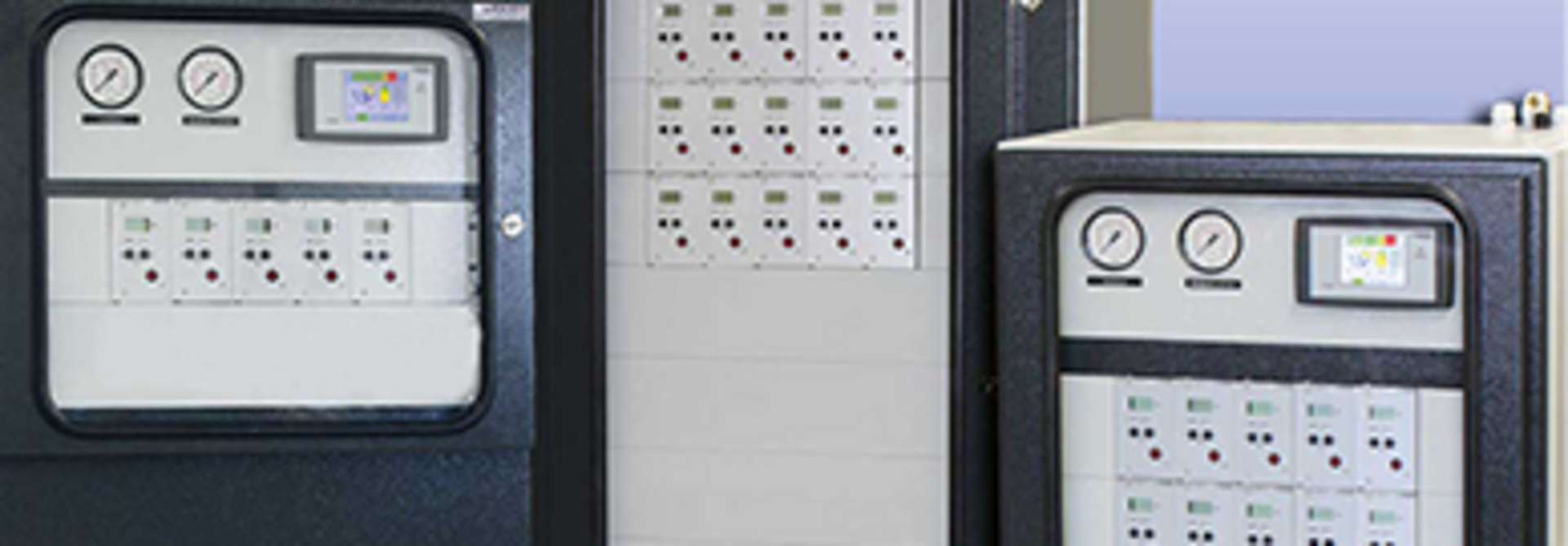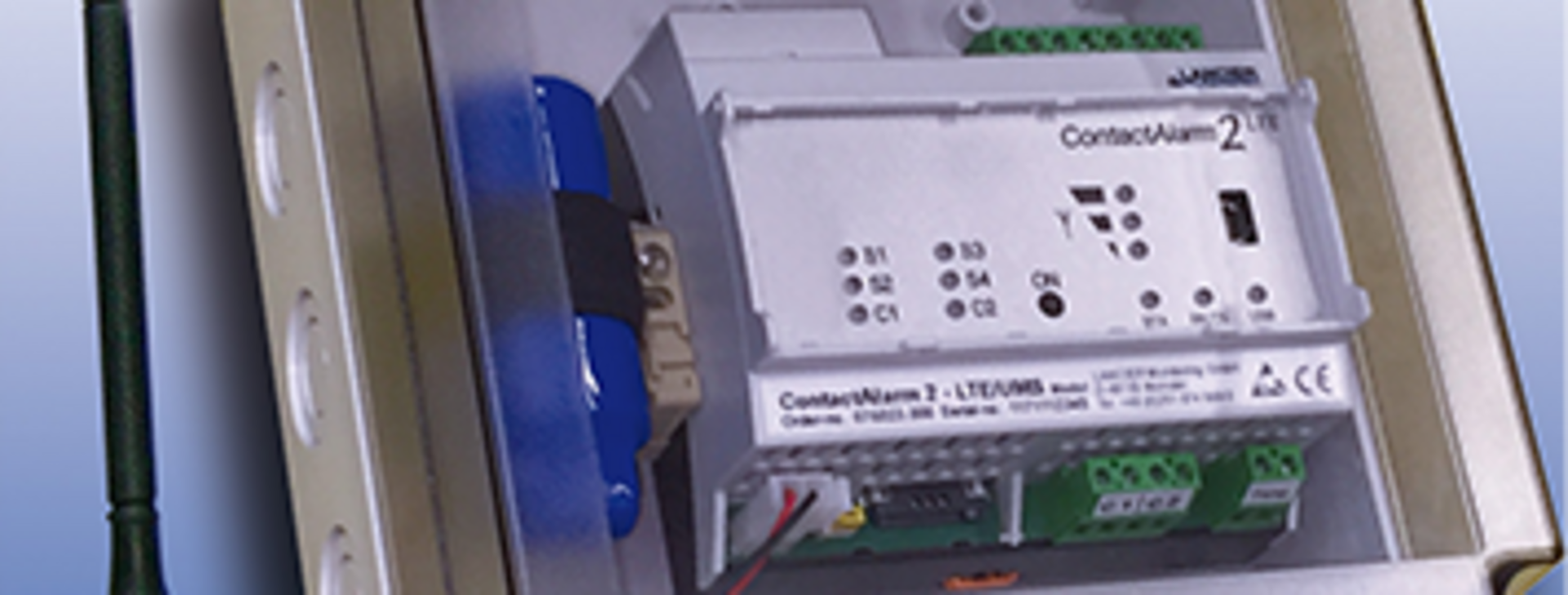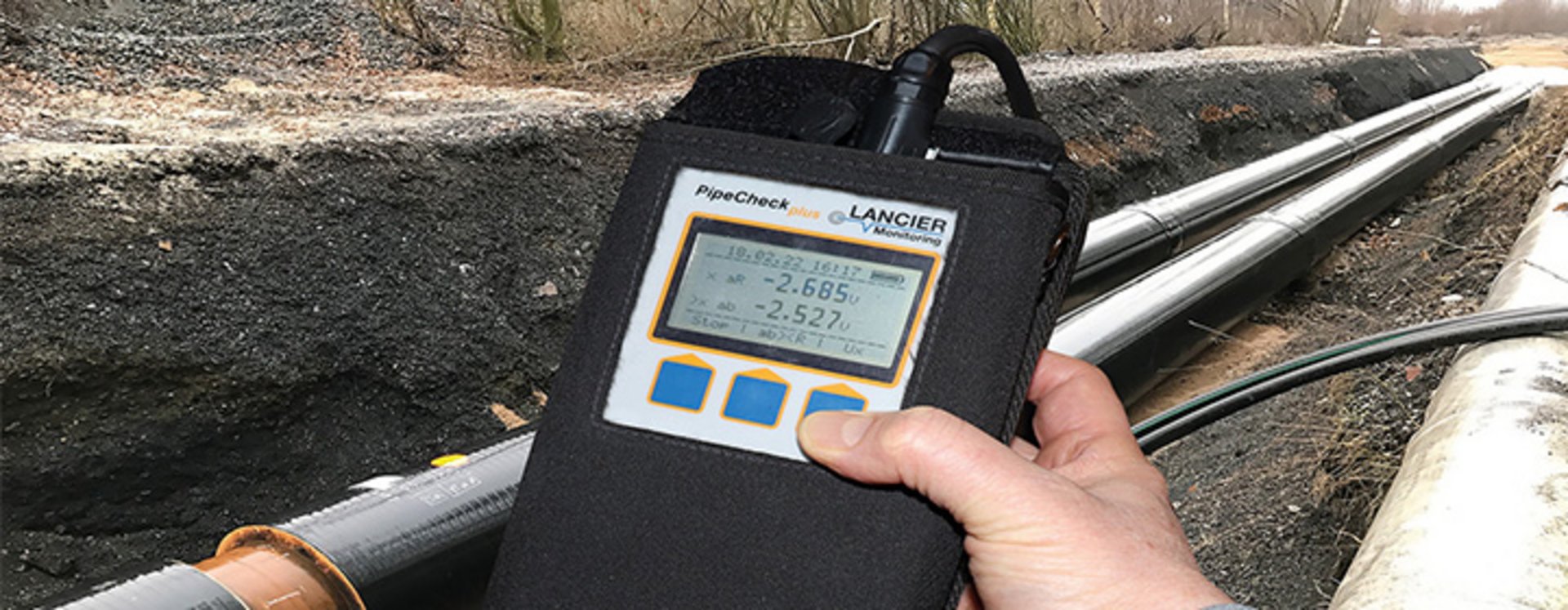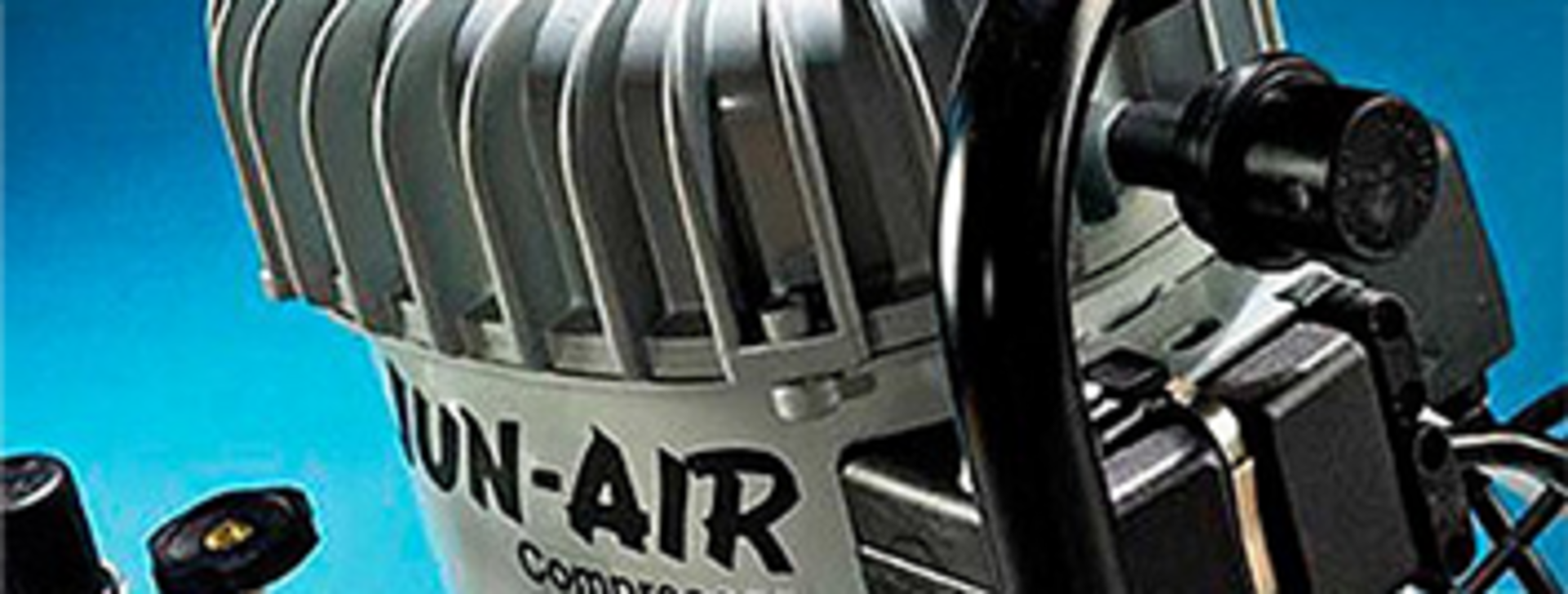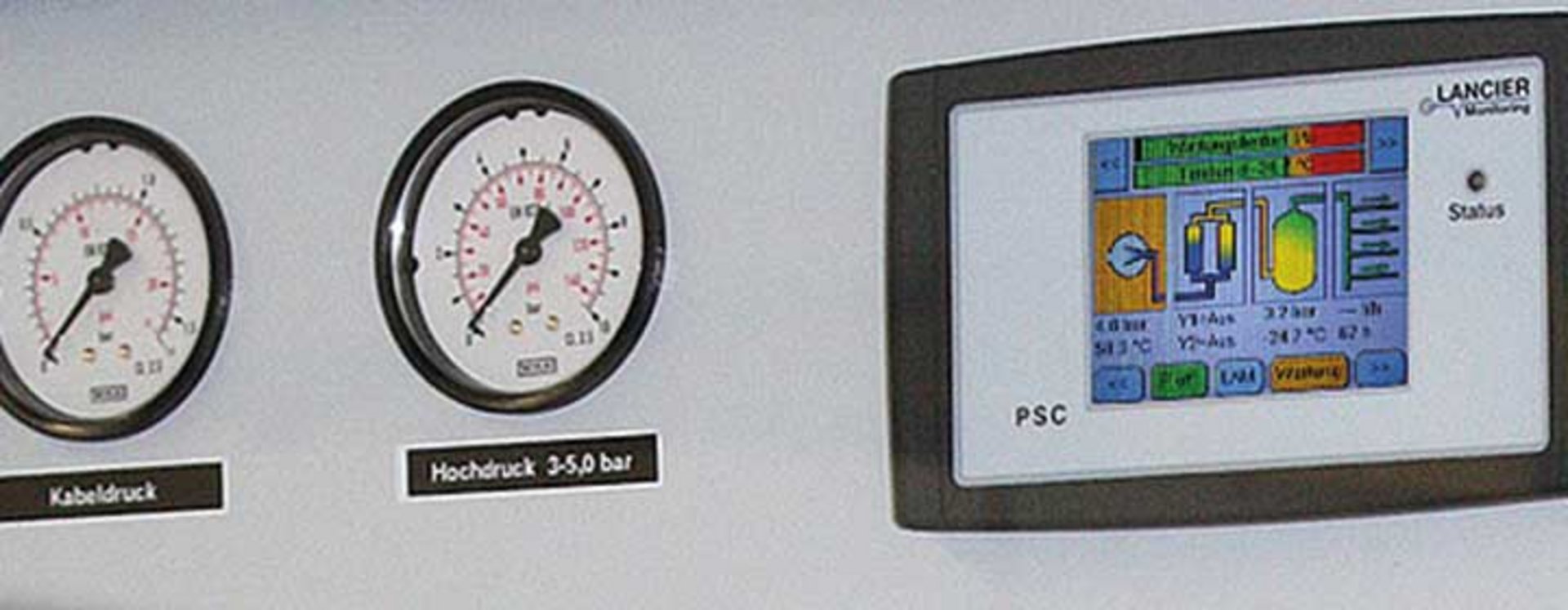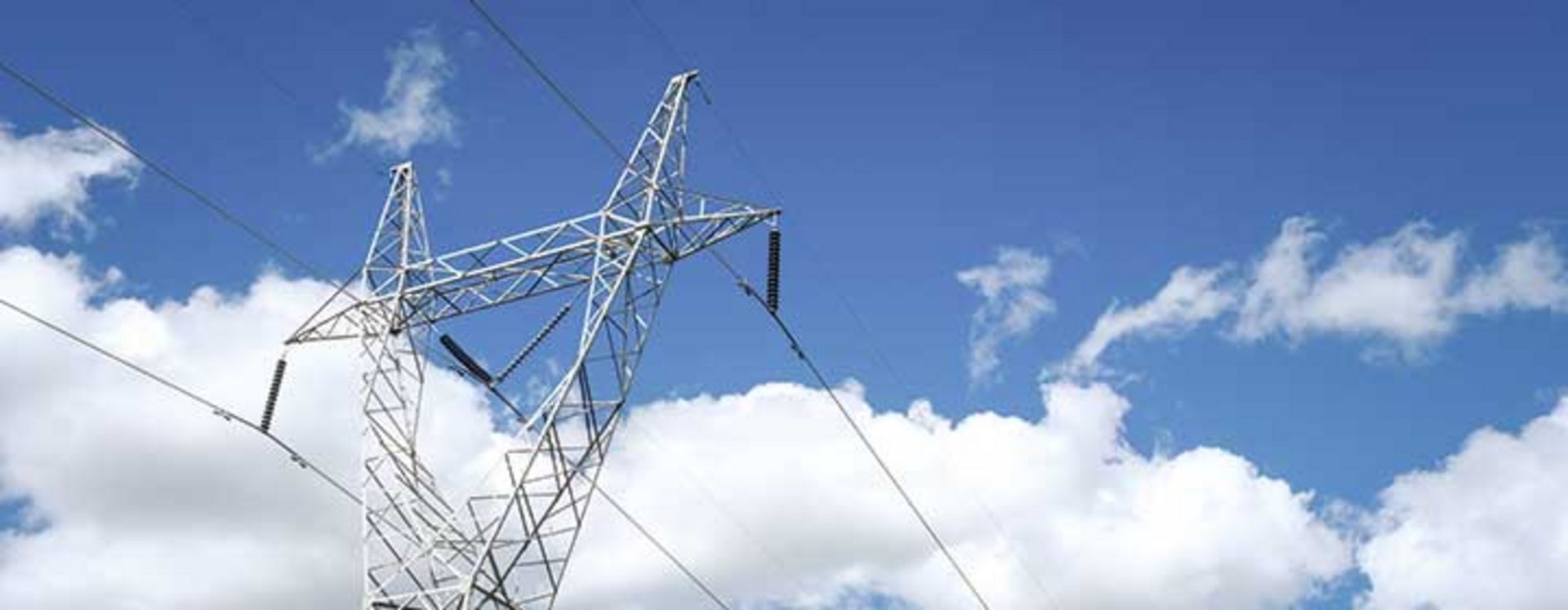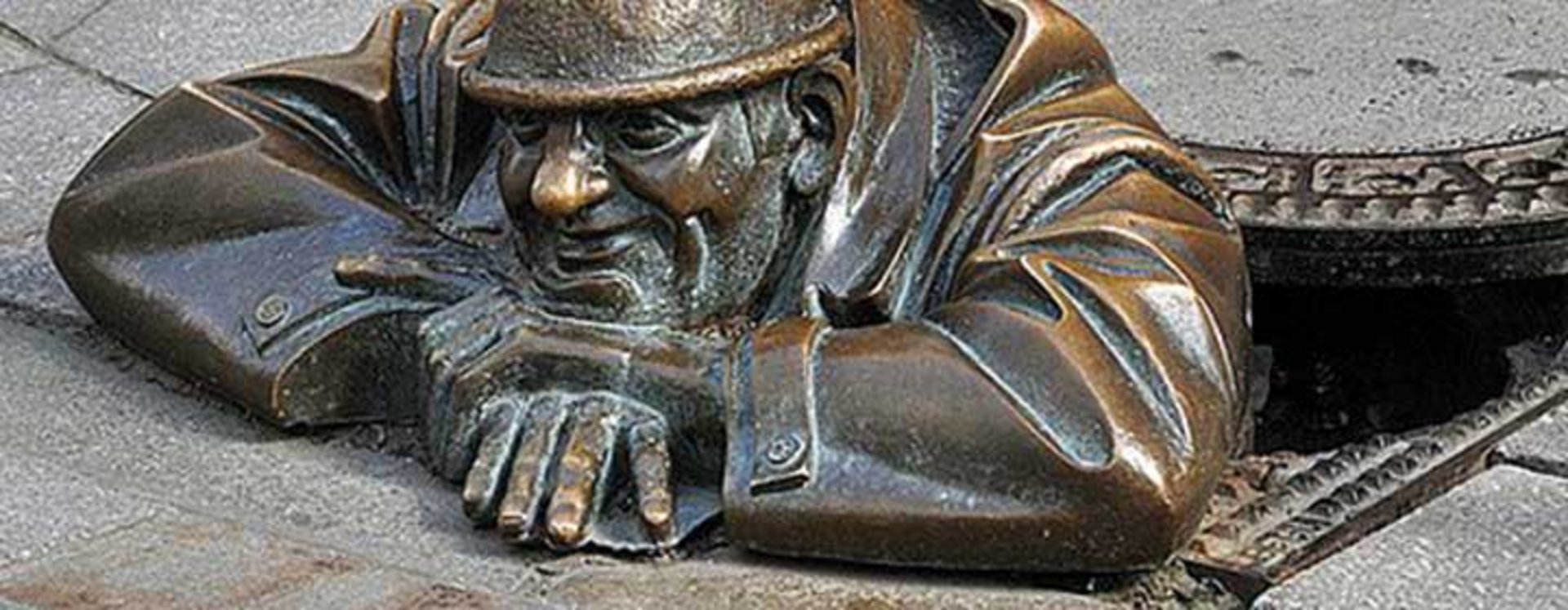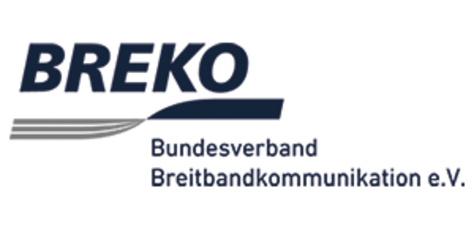PipeLog
Status detection via radio from local and district heating pipes for network analysis and long-term data acquisition
The PipeLog from LANCIER Monitoring closes the gap between convenient continuous monitoring systems and manual monitoring points, which require a lot of personnel and time resources to acquire readouts, since
Until now many local and district heating pipes have been operating without adequate monitoring systems, i.e. blindly.
Damage is only reacted to, if large amounts of water or heat are unintentionally lost.
The reasons for this are savings made on specialist staff and qualified, meaningful monitoring technology.Purely manual monitoring points are unpopular drains on time and therefore often go unchecked soon after installation. The consequence is damage to the plastic jacket pipe system that is detected far too late.
The sooner damage is detected, the less time and money is required for repairs and downtimes.
Using the PipeLog system manual monitoring or status control points, which previously had to make do without continuous monitoring, can now be queried at regular intervals and without much effort.
The basis for this are battery-powered radio sensors (on loops fed out from the plastic jacket pipe monitoring sensor system), which perform at least one insulation and loop measurement a day and record the values in an internal memory. The resulting complete data history can be read out while walking or driving past thanks to a wireless, secure and automatically established radio connection.
An intuitive-to-use readout device that belongs to the PipeLog system allows even untrained staff to read out stored measurement data. A press of a button is sufficient to acquire the collected data.
Neither manhole covers nor entrance doors need to be opened. Any time-consuming schedule coordination with operators or inhabitants becomes completely unnecessary. Similarly, expensive shaft inspections can also be dispensed with. Depending on the structural situation on site the range can be several hundred meters.
The entire process (connection set-up > login > data transmission > logout) only takes a few seconds. For the purposes of the pipeline evaluation and the visualisation of collected measurement data, the latter are then stored centrally and can be accessed at any time using Excel or the LANCIER UMS server.
The PipeLog is particularly suitable for:
• NiCr, Nordic (EMS) systems and hierarchical systems.
• Small pipeline sections, where continuous monitoring would not be financially worthwhile.
• All pipelines, where previous monitoring systems do not trigger a central alarm.
• All heating network operators.
Ordering Data
| PipeLog Radio sensor for mobile measurement data readouts | Order-no. 075834.000 |
| Readout unit for PipeLog radio sensors | Order-no. 075163.000 |
Spare parts Battery for PipeLog | Order-no. 075828.000 |
| Buffer Batterie Lithium, 3V, CR 2032 | Order-no. 035220.000 |
Technical Data
| Supply voltage | Exchangeable lithium battery, 3.6 V |
| Battery lifetime | > 5 years at daily measurement |
| Measurement channels | 2 (e. g. for flow and return line of a district heat pipe) |
| Measurement range insulation | 0 .. 10.0 MΩ fault: ±3 % of measured value ±10 kΩ absolute |
| Measurement range loop | 0 .. 5 kΩ fault: ±3 % of measured value ±0,05 kΩ absolute |
| Pipe length | NiCr <= 750 m, HDW / Cu (Nordic System): max. 2,500 m |
| Measuring voltage | <= 12 V DC |
| Data transfer | Wireless M-bus standard, automatic connection sender/receiver |
| On-site display | 4 LED: 2 x Status, 1 x USB-Power, 1 x USB-Detect |
| On-site operation | 1 button for real-time measurement |
| Interface | USB 2.0 interface for configuration of device |
| Operating temperature | -20 .. +60 °C |
| Degree of protection by enclosure | IP 66/67 |
| Dimensions | 130 x 100 x 180 mm (W x D x H) |

